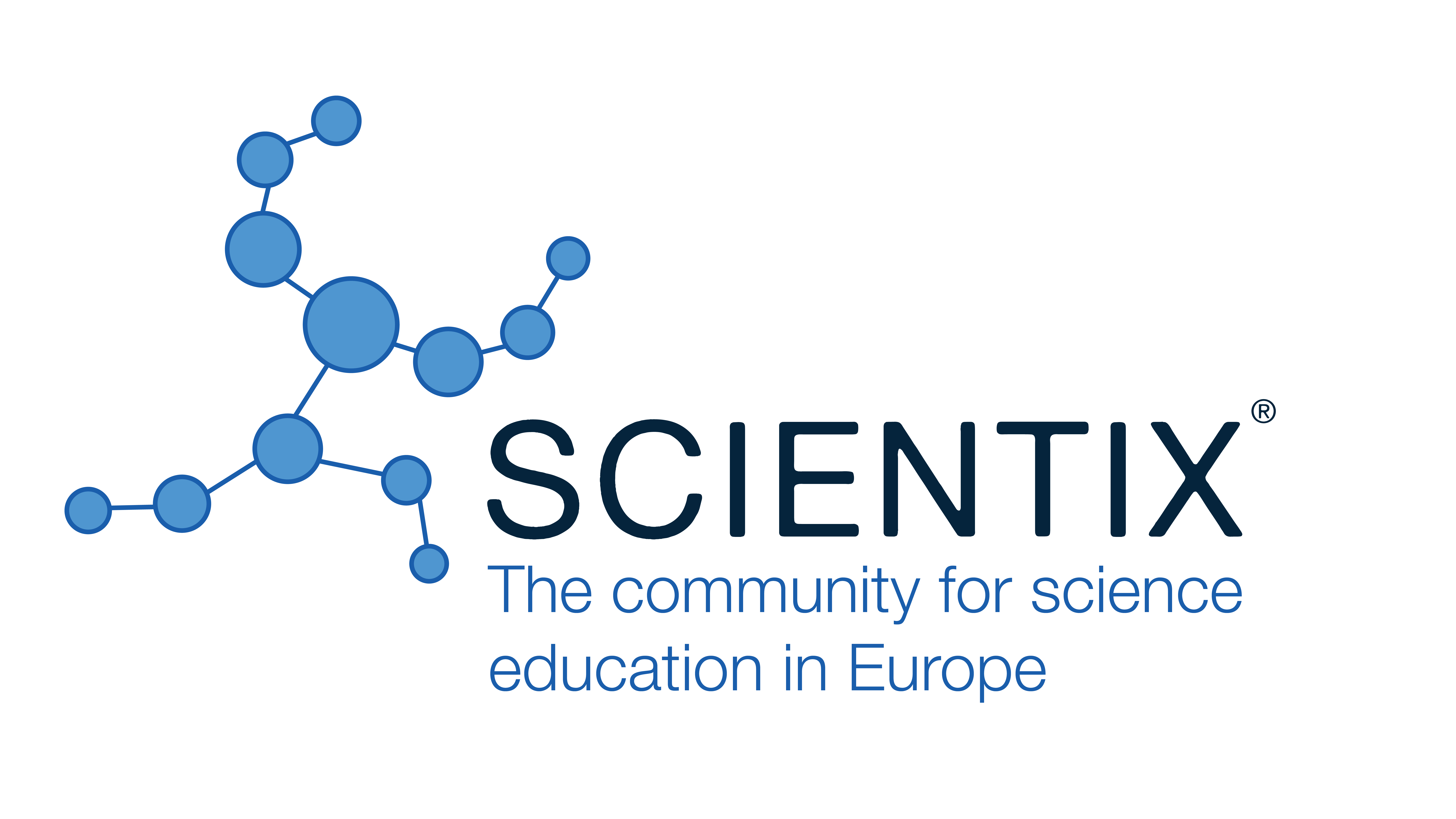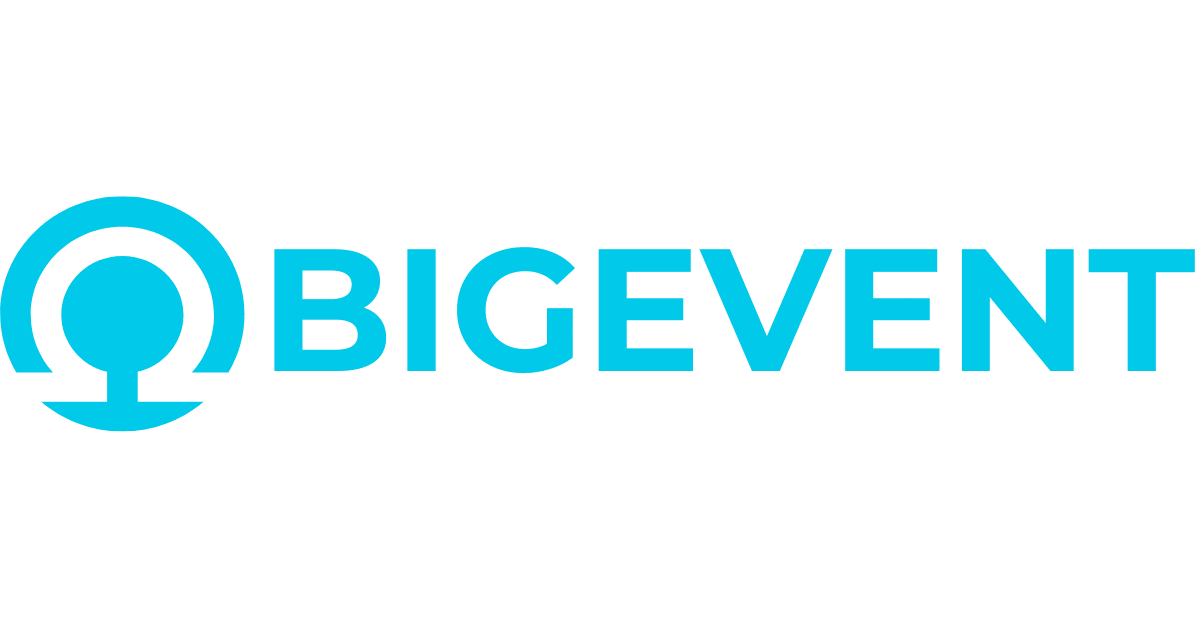Learning Science through the Conception of Comics: the SARABANDES Research Project
Cecile de Hosson, LDAR – EA 1547 – Université Paris Diderot (France)
Laurence Bordenave, Association Stimuli (France)
Nicolas Decamp, LDAR – EA 1547 – Université Paris Diderot (France)
Christophe Hache, LDAR – EA 1547 – Université Paris Diderot (France)
Abstract
The artistic practice as a tool for the learning and the communication of science has been very little studied by science education research. Nevertheless, a lot of science mediation projects promote and use artistic medias (theatre, movies, comics, etc.) for a more motivating science education and communication. Most of the time, the artistic work is co-created by both science communication specialists and artists, and the target audience does not take part in the creation process. In this context, comics are sometimes used to promote scientific literacy via education and communication [1] but again, the elaboration of such medium does not include the future reader. Compared to this current practice, the scientific mediation association “Stimuli” promotes the creation of short comics strip as a powerful process for learning altogether elements of science, art and language [2]. In concrete terms, 12-16 years old volunteer teenagers (as Trainee Science Communicators, TSC) are led to create a short comic strip about science during a 15h long-lasting spare-time workshop (named Comics’n Sciences workshop). In this workshop a scientist (PhD student) is invited to present to the TSC a scientific content connected with his/her research; this content is the target of the comic strip produced by the TSC; the process of creation (both visual and narrative) is assisted by a professional drawer and a science communication specialist. This environment forms a four-actors dynamic system {scientist/drawer/communicator/TSC} inside which a scientific knowledge circulates and is transformed. This oral presentation documents the aims of a research project (the SARABANDES project) conducted in order to evaluate the cognitive and motivational impacts of the Comics’n Science workshop on the TSC involved. Here, the “mediatic transposition” [3] is used as a theoretical framework to analyse the scientific content transformations while it circulates from the scientist to the TSC along the comics design process. We wonder to what extent the artistic practice leads TSC to learn efficiently elements of science and art knowledge. This requires studying the specificities of the comic strip medium in the context of scientific knowledge exhibition. It also requires the analysis of the complementary actor functions involved in the process of creation.
[1] Tatalovic, M. Science comics as tools for science education and communication: a brief, exploratory study. Journal of Science Communication, 8(4), December 2009.
[2] Bordenave L. (2012), Comics/Sciences workshops by Stimuli collective. International Conference on Science Communication. September 2012, Nancy (France).
[3] Triquet, E. (1994). Analyse de la genèse d'une exposition de science. Pour une approche de la transposition médiatique. Publics et Musées, 4(1), 153-157.
 New Perspectives in Science Education
New Perspectives in Science Education





























